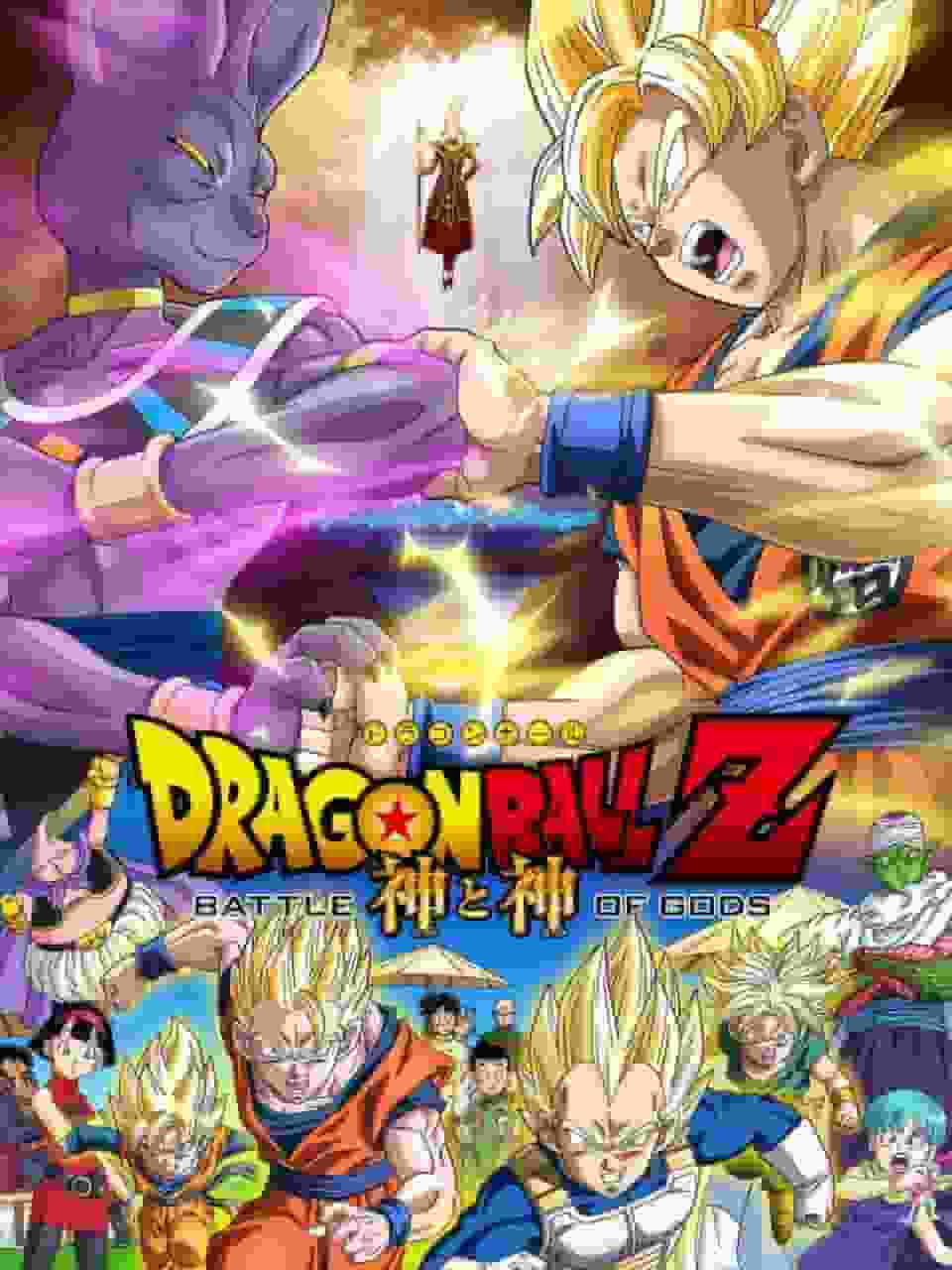We won't give up! The Great Hanshin Earthquake of Class 6-3 - A thorough analysis of the moving story of Nishinomiya City Hinoguchi Elementary School

"We Won't Give Up! The Great Hanshin Earthquake of Class 6-3 at Nishinomiya Municipal Hinoguchi Elementary School" - An animation that conveys the memory of the earthquake to the futureOn January 17, 1995, the Great Hanshin-Awaji Earthquake shook the whole of Japan. The animated film "Makehende! The Great Hanshin Earthquake of Class 6-3, Nishinomiya City Hinoguchi Elementary School," released on May 10, 1996, just one year after the disaster, is an important work that preserves the memory of the disaster and conveys it to the future. The film is told from the perspective of the students of Class 6-3 of Nishinomiya City Hinoguchi Elementary School, who were affected by the earthquake. Below, we will explain in detail the detailed content of this work, the production background, evaluation, and recommended points. Overview"We Won't Give Up! Class 6-3's Great Hanshin Earthquake - Nishinomiya Municipal Hinoguchi Elementary School" is an animated film that was released in theaters on May 10, 1996. The original source is listed as "other," and there is no specific original media. This work was created based on the experiences of the students of Class 6-3 at Hinoguchi Elementary School in Nishinomiya City, an area affected by the Great Hanshin-Awaji Earthquake. The release dates were from May 10, 1996 to December 31, 1996, and it only has one episode. storyThe film begins in the early morning of January 17, 1995, when the Great Hanshin-Awaji Earthquake struck. The students of Class 3 of Year 6 at Nishinomiya Municipal Hinoguchi Elementary School are shocked by the sudden earthquake and evacuate in confusion. After the earthquake, the students witness the damage to their home and school, and while they are happy to be reunited with their families and friends, they are also saddened by what they have lost. The film depicts how the students overcome their lives in the aftermath of the disaster. They cooperate in rebuilding their school and the local community, and support each other as they live positively. BackgroundBehind the making of this film was a strong desire to preserve the memory of the disaster and pass it on to future generations. The production team based the story on the experiences of the children of Hinoguchi Elementary School, which was actually affected by the disaster. The production team also worked closely with people in the affected areas and educators to ensure a realistic portrayal. The reason they chose animation as a medium was to convey the lessons of the disaster to more people by depicting it from the perspective of children. characterThe main characters in the movie are the students in class 3. The main characters are introduced below.
evaluation"We Won't Give Up! Class 6-3's Great Hanshin Earthquake - Nishinomiya Municipal Hinoguchi Elementary School" was highly praised as an important work to ensure that memories of the disaster do not fade away. In particular, the realistic depiction of the disaster from the children's perspective and the positive attitude of the people in the disaster-stricken areas touched many viewers. It has also been praised from an educational perspective, and is sometimes used in disaster prevention education in schools and local communities. The film ratings are as follows:
Recommended points"We won't give up! The Great Hanshin Earthquake of Class 6-3 at Nishinomiya City Hinoguchi Elementary School" is an important work that will not let the memory of the earthquake fade away and will be passed on to the future. Here are some recommended points.
Related information"We Won't Give Up! The Great Hanshin Earthquake of Class 6-3 at Nishinomiya City Hinoguchi Elementary School" is an important work that will not let the memory of the earthquake fade away and will be passed on to the future. Here is some related information.
Conclusion"We Won't Give Up! Class 6-3's Great Hanshin Earthquake at Nishinomiya Municipal Hinoguchi Elementary School" is an important work that will ensure that memories of the disaster do not fade away and are passed on to future generations. In particular, the depiction of the disaster from the children's perspective and the positive attitude of the people in the disaster-stricken areas touched many viewers. It has also been praised from an educational perspective and is sometimes used in disaster prevention education in schools and local communities. This work conveys a positive message that can serve as a lesson for overcoming difficulties in life, not just the earthquake, and is a work that can be recommended to many people. |
<<: The charm and horror of "Jigokudou Reikai Tsuushin" - Detailed review and recommended points
Recommend
Amazon TV series "My Lady Jane" sparks controversy: King of England becomes a black homosexual
Amazon recently launched a new "alternative ...
The official trailer of "The Wandering Earth: Leap 2020 Special Edition" was released today
"The Wandering Earth: Leap 2020 Special Edit...
Fist of the North Star: A Thorough Analysis of the Ultimate Aesthetics of Battle and a Moving Story
Fist of the North Star: The Legend of the Savior ...
Three new black-and-white comics including "Sword Buried in Luohuang" are released on "New Guoman" at the same time
Recently, three black-and-white domestic comics w...
"Once Upon a Time in Hollywood" withdrawn from mainland China, Quentin Tarantino says it will not be re-edited
Quentin Tarantino's ninth film, Once Upon a T...
Ultra Granny of the Hitotsuboshi Family - A thorough review of a family story filled with surprising powers and humor
Ultra Granny from the Hitotsuboshi Family - Ultra...
The appeal and depth of "Migi and Dali": A shocking story and character analysis
"Migi and Dali": A new frontier for dar...
Poster of Wang Jing's "Empire of Money: Peak of War" released, starring Louis Koo, Tony Leung Ka Fai and others
The crime drama film "Empire of Money: Peak ...
Vinland Saga Season 1: A thorough look at an epic tale of history and adventure
Deeper Depths of Vinland Saga Season 1: The Inter...
Is the film "Captain Marvel" just mediocre and not as good as "Black Panther"?
Captain Marvel has been released in North America...
TV animation "Azur Lane Slow Advance" promotional PV released, broadcast on January 11, 2021
Today (December 8), the promotional PV of the TV ...
American Internet celebrity female anchor COS beautiful picture body is too good to cover clothes
Today, we will introduce you to the Houston ancho...
New art characters for the new October anime "Cautious Hero" announced! Funny and hilarious guardian goddess
"The Cautious Hero", adapted from the p...
The theme song MV of the Naoki Prize-winning animated film "Meat from the Fishing Port" will be released on June 11
The new animated film "Meat from the Fishing...
200th anniversary of Marx's birth! The first PV of the domestic animation "Leader" is released
The domestic animation "The Wind Leader"...









